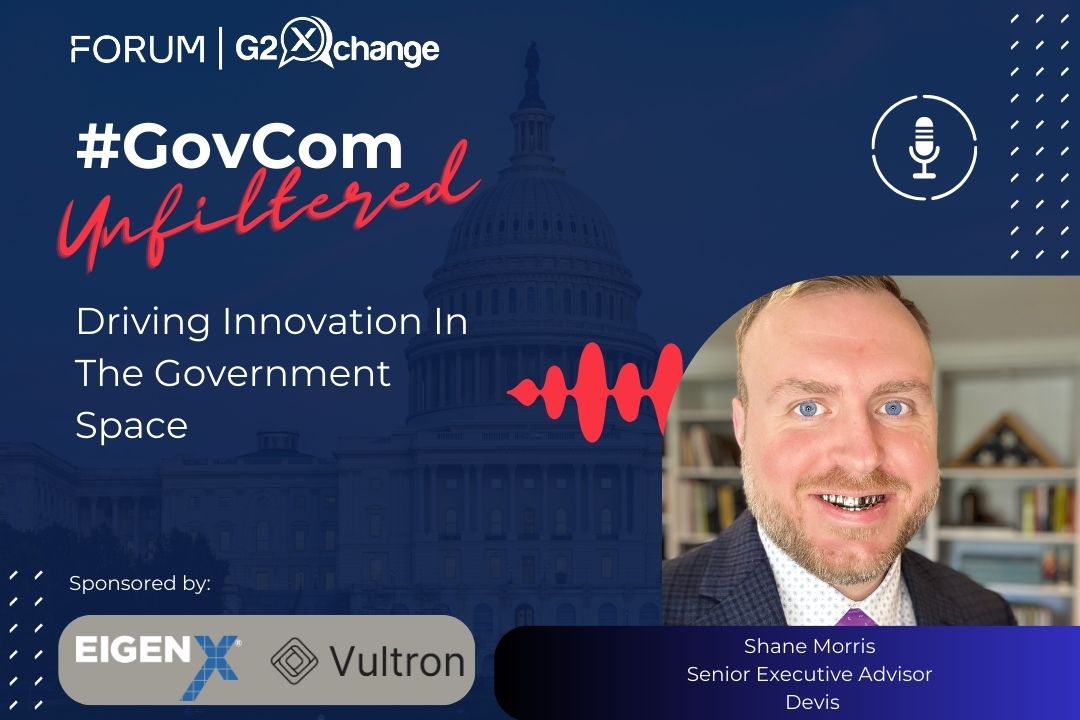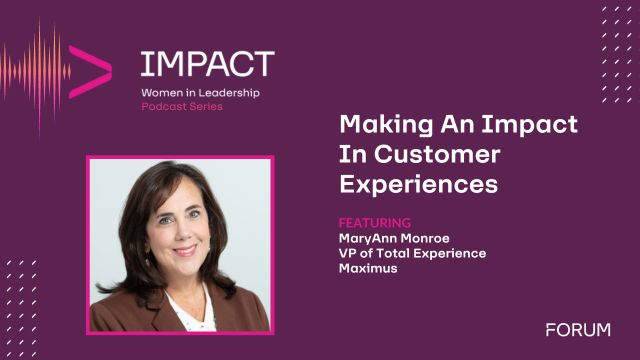This interview with David Dastvar (Chief Growth Officer, Eagle Technologies), Kelli Bravo (Vice President and Global Industry Market Lead, Healthcare and Life Sciences, Pegasystems), and Linda Hermer (Director of Research, Eagle Technologies) discusses the nation’s fragmented health data systems and its consequences and potential solutions to rectify gaps in these systems for improved population health.
The Problem: Siloed Health Data
Currently, public health data is collected separately by Federal, state, and local agencies according to their unique requirements. Across these databases, there are different formats and structures reflecting needs and preferences, rather than adhering to set standards that facilitate sharing and linking. The data is aggregated and linked by researchers and industry firms based on use cases, but it cannot easily be analyzed and acted on as a whole. We saw the consequences of this during the pandemic with the lack of national, longitudinally evolving community prevalence data needed to inform policy decisions on whether to lock down a geographical area or not. In fact, almost two years into the pandemic gaps in US data collection on COVID are still so pronounced that the US has openly come to rely on Israel, the UK, and other countries to anticipate spread and inform vaccine policy. When we consider the value this fragmented data can possess—in terms of policy, budgeting for large-scale initiatives, and predictive and preventive activities—we see the urgency to improve data sharing ability as well as the challenges it creates. Outside of the public sector, commercially available data has been aggregated and linked by many data vendors and can add a different perspective not currently leveraged.
The pandemic saw agencies reaching out to help one another and the Government open its doors to other agencies and industries to lean in and come together to solve problems. Different formats, different governing policies, and different purposes behind data collection made this a challenge. It was not the technology that got in the way or the lack of technology that hindered efforts; it was issues ranging from data governance to the myriad data formats that impeded progress.
Consequences
During the pandemic, it took far too long to answer certain public health questions that should have been straightforward. For example, the question of whether COVID vaccines were safe for pregnant women and their unborn children took over a year. Clearly, there was a longitudinal aspect that prevented an immediate answer, but more fundamentally, there was no centralized database jointly containing information on pregnancies, vaccinations, births, deaths, and other post-natal outcomes. Without centralized data, such knowledge remains elusive, and questions like this will continue to be addressed in smaller studies that lack sufficient sample sizes and representative populations and thus will provide less definitive results.
Looking beyond COVID, and considering population health management, we cannot restrict ourselves to thinking in terms of what we see in one place or what we see today. Instead, there should be a broader view that pulls together all data to successfully drive better patient care on a national scale.
The Solution: An Aggregated National Healthcare Database
Data—including commercially held data—should be centralized and aggregated, normalized, cleaned, and linked by patient. Before sharing, the data should be de-identified to be HIPAA-compliant and protected with robust cybersecurity.
The scale and variety of formats of existing data presents a significant challenge. However, it is important data is not thrown together with disparate formats into a giant data lake. Instead, the data aggregation task calls for a measured, phased approach in which new data is constantly integrated into an existing linked, longitudinal data set. After deciding which health data to include at the outset more can be incorporated and the data set can be transformed into a research-ready format as the process progresses. Finally, to stay on top of public health trends and continually improve public health, the data set will need to be current; this requires frequent, recurring updates.
Governance and a Model of Success
Among the challenges of unifying disparate data are questions relating to governance. Decisions need to be made around several areas including who should have access to the data, and for what purposes; who controls the permissions and access; and who defines the swim lanes ensuring authorized users have easy access to the approved data elements but are restricted from data outside their authorized scope.
The Norwegian Public Health System provides a model of success in this area. They needed to connect health services across the country to improve data sharing and reduce the processing time for users to access data. Through a single comprehensive web platform the Government accelerated health research projects while reducing the application processing time from 17 months to 17 minutes. European privacy laws are more rigid than those in the US, but an industry partnership to implement the right technical solution, which included a focused data governance effort, met all standards.
From Reactive to Proactive
Rather than being caught off guard by developments in population health, we can begin evaluating and acting on the more robust and useful information we have. One example would be that the Omicron SARS CoV-2 variant spread through communities weeks before it was detected. With centralized, actionable data and more widespread genetic sequencing of COVID-positive samples, that may have been prevented or slowed. Additionally, AI employed in a more comprehensive way to detect patterns could alert public health officials in advance regarding potential action. This would allow us to predict future health status, mitigate health threats, and implement other health improvement measures – all driving toward better population health. Having data more amenable to analysis allows the Government to look to the future, escalate concerns early, and take appropriate actions. It allows action on information with a cause and effect, while looking for and predicting actionable and preventable outcomes. Instead of losing crucial time seeking information and then gaining permissions, agencies could identify patterns in real time or in advance and determine how to respond.
When the data is living in that collective database, each authorized user can access and transform it as needed to benefit their mission. The coming together of these combined missions better supports everyone.
Standards and Best Practices for Interoperability
When data rubrics are standardized for interoperability, it becomes possible to use broader data. True interoperability requires that fields, terminology, and definitions be consistent. We see agencies such as CMS, ONC, CDC, VA, and DOD working towards interoperability, but it is not just a Government issue. Consider interoperability standards across commercial entities, including providers and payers. We know we can accelerate solutions when sharing information—but that awareness alone does not sufficiently impact the competitive advantage of keeping data siloed. COVID forced a newfound appreciation for the need to share data and spurred organizational conversations around information governance and which data models we should jointly be using.
FHIR is the first step in setting a common, interoperable standard. There are additional models that function based on a shared framework and a common path forward. At the FDA, for example, everything submitted for approval must follow a common format so it can be assessed and approved. This is the kind of standardized model we recommend in adopting FHIR standards at a national level.
Those standards also must focus on ensuring appropriate and broader access, because it is not just Government that needs Healthcare data; it is the clinician, the patient, and that patient’s family. By standardizing and centralizing data, we move away from ownership of data and towards a discussion about what is required to serve the common interest and drive better health outcomes.
The Path Forward
Government benefits from targeted, measurable wins, and when it comes to data sharing, a roadmap helps chart the course. Among the first steps, Government should define who the stakeholders and decisionmakers are, who will own the data, and what will be needed from each entity. The problem, the desired results, the goal, the rules of engagement, and the existing tools that we can utilize must also be set.
Improving Equity
Health disparities are a concern at a national scale, and we know that there are populations that need extra assistance, not just because of COVID, but because of longstanding inequities in the burden of chronic disease, care access and care delivery. Instead of allowing the inequities to continue to worsen, we need to proactively serve and engage those populations.
[su_pullquote]According to Dr. Daniel Jernigan, acting deputy director for public health science and surveillance at CDC: “We need to move past those barriers to data sharing,” Jernigan said. “We need to remove barriers to measure health inequities, so we need to address ways to improve collection and analysis of data to make it easier to characterize social determinants of health and address factors.” (Dr. Daniel Jernigan, acting deputy director for public health science and surveillance at CDC [ONC, CDC want to fix the fragmented public health system COVID-19 exposed – Jonah Comstock]) [/su_pullquote]
We know that, consistently and historically, opportunities to fully support all communities fell short. Having health data from across the country located in a single, accessible national Healthcare database will help tremendously with the equitable distribution and delivery of care, both from the prevention side and in terms of communication and policymaking. We also need to engage with those populations directly, communicating with at-risk communities using the right messaging through their channel of choice and in a format they can use and understand. The first step is to quickly and broadly identify those populations where inequities are occurring. A solution like this will go a long way toward bridging the equity gap in Healthcare.
Volumes of Health Data
The volumes of health data we possess is immense and will only continue to grow; in 2020, the total amount of US Healthcare data was already expected to double every 73 days. Leveraging industry experience and building this database in the cloud allows Government to meet future public health challenges while also supporting the exponential growth of the data being collected. With security and appropriate protocols in place, along with common structures designed for interoperability, data will become sharable, searchable, and useful for unforeseen analytical purposes regardless of its initial intent.
As policymakers and researchers conceive of new questions and use cases, they can select pertinent data from the national Healthcare database and answer questions faster, creating an enormous improvement to the way we predict and prevent national health crises and promote overall population health.
Recommendations to Industry and Government
Industry will play a key role in implementing the solution, including ensuring data security. There are lessons learned and models out of the commercial side from Health Information Exchanges (HIEs) that should be taken into account as the database is designed. HIEs were the first place we started to create a consistent data flow to a centralized location that multiple organizations could access. Clinical disease registries are another example. Private firms selling Healthcare data have aggregated a tremendous amount of mostly private-sector data from laboratories, pharmacies, doctors’ offices, and other providers and invested to solve problems of data aggregation, normalization, linkage, and privacy protection. What is needed now is an extension of such efforts at the national level.
This will require collaboration between Government and technology firms to match needs and capabilities. Industry must be transparent around what is achievable and at what pace. Relationships built on trust, proof of concept, and demonstrable success are the way to move this kind of collaboration forward. There also needs to be an ongoing discussion of governance, of knowing what is available to share, and then making it easy to be sharable through technology. When the data, people and policies come together, we’ll be able to solve health crises and drive positive health outcomes.
For a deeper understanding of recommendations and proposed solutions, please refer to The National Public Health Data System white paper.
About David Dastvar
 David Dastvar is the Chief Growth Officer at Eagle Technologies, Inc. He leverages decades of Federal, State, and Local expertise to support customers’ missions, while enhancing and expanding their respective capabilities. Mr. Dastvar delivers successful program implementation in the public sector and Fortune 1000 such as CSC/GDIT, Infosys, CDI, and Northrop Grumman. He directs major initiatives and programs in the health and financial sectors creating enduring change for government and commercial agencies.
David Dastvar is the Chief Growth Officer at Eagle Technologies, Inc. He leverages decades of Federal, State, and Local expertise to support customers’ missions, while enhancing and expanding their respective capabilities. Mr. Dastvar delivers successful program implementation in the public sector and Fortune 1000 such as CSC/GDIT, Infosys, CDI, and Northrop Grumman. He directs major initiatives and programs in the health and financial sectors creating enduring change for government and commercial agencies.
About Kelli Bravo
 Kelli Bravo is the Global VP Healthcare and Life Sciences Industries at Pegasystems. Ms. Bravo has over 15 years of customer-focused solution and go-to-market experience at Healthcare and life sciences companies. She brings to Pega her successful experience with payer, provider and life sciences technology and operations to lead the Healthcare and Life Sciences team. Ms. Bravo helps Healthcare and life sciences organizations and governments develop digital transformation and engagement strategies that build relationships, simplify operations, and improve the way healthcare is delivered.
Kelli Bravo is the Global VP Healthcare and Life Sciences Industries at Pegasystems. Ms. Bravo has over 15 years of customer-focused solution and go-to-market experience at Healthcare and life sciences companies. She brings to Pega her successful experience with payer, provider and life sciences technology and operations to lead the Healthcare and Life Sciences team. Ms. Bravo helps Healthcare and life sciences organizations and governments develop digital transformation and engagement strategies that build relationships, simplify operations, and improve the way healthcare is delivered.
About Linda Hermer
 Linda Hermer, Ph.D., is the Director of the Research Team at Eagle Technologies, Inc. As an accomplished neuroscientist and cognitive psychologist dedicated to improving public health, Dr. Hermer is an industry thought leader in health issues leveraging technical skills as a biostatistician, senior scientist, and research director. She specializes in modernizing public health and social science research initiatives at universities, nonprofit organizations, and for-profit firms.
Linda Hermer, Ph.D., is the Director of the Research Team at Eagle Technologies, Inc. As an accomplished neuroscientist and cognitive psychologist dedicated to improving public health, Dr. Hermer is an industry thought leader in health issues leveraging technical skills as a biostatistician, senior scientist, and research director. She specializes in modernizing public health and social science research initiatives at universities, nonprofit organizations, and for-profit firms.












